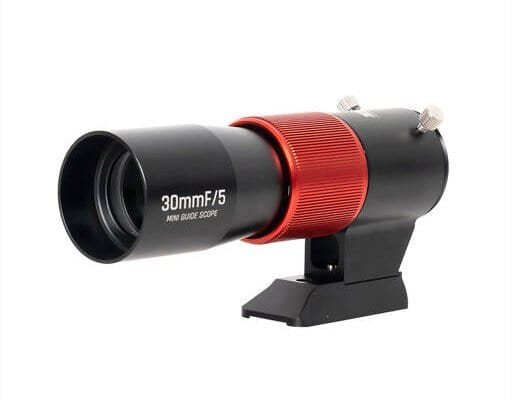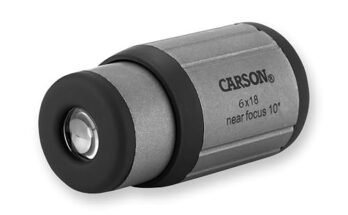I’ve spent years guiding hikers, birders, and travelers on how to focus a monocular properly in real-world conditions. The trick is not strength or luck. It’s a simple, repeatable process. In this guide, I’ll show you how to focus a monocular properly with clear steps you can use anywhere. You’ll learn the why behind the how, so your view stays sharp and steady.
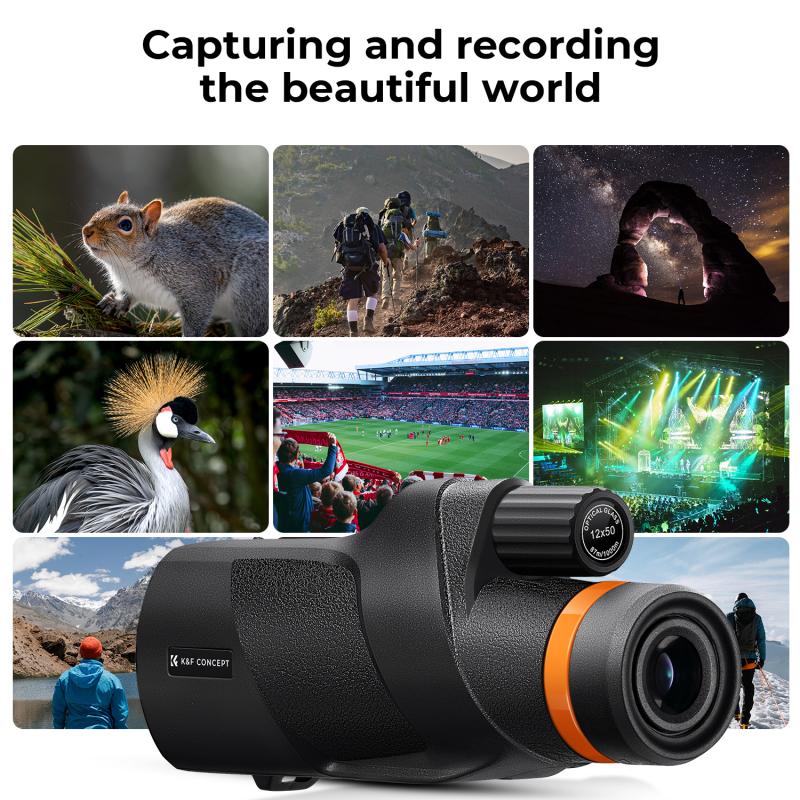
What A Monocular Is And How Focus Works
A monocular is a small, one-eye telescope. It uses lenses to magnify far objects. You see a round image through the eyepiece. The focus ring moves lenses inside to sharpen the image. Some models add a diopter ring near the eyepiece. That lets you match the view to your eye.
Think of focus like tuning a guitar. If the string is off, the sound is fuzzy. If the lens is off, the image is fuzzy. Small turns make big changes. Your goal is to get crisp edges and clear detail with the least strain on your eye.
Key terms made simple:
- Eye relief: The space between your eye and the eyepiece for a full view.
- Exit pupil: The bright circle of light that enters your eye.
- Diopter: A fine control to match your vision difference.
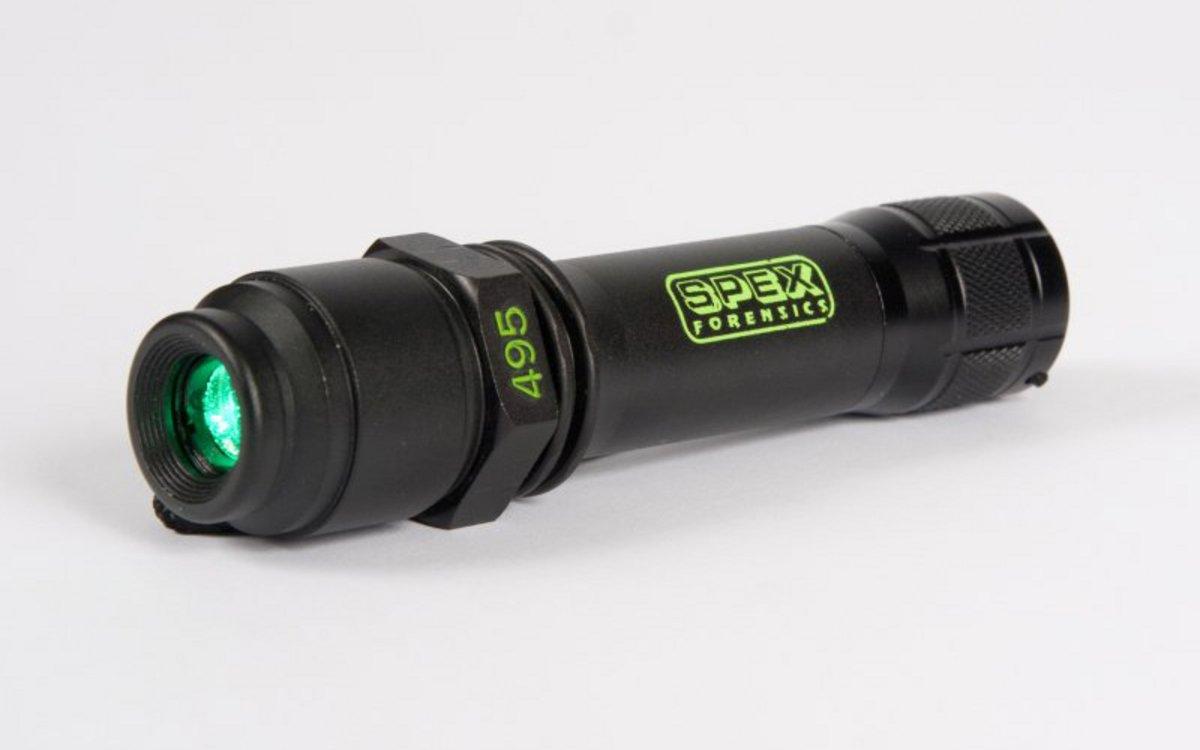
Step-By-Step: How To Focus A Monocular Properly
Follow these steps. They work in bright or dim light.
- Set your stance
- Stand or sit still. Brace your elbows. Use a tree or wall if you can.
- Hold the monocular with your main hand. Use the other hand to turn the ring.
- Adjust the eyecup
- If you wear glasses, roll the eyecup down.
- If you do not wear glasses, twist the eyecup out to its full height.
- Pick a focus target
- Choose a clear, high-contrast subject. A sign, a tree branch, or a roof edge works well.
- Start at a medium distance, about 50–100 feet.
- Set the diopter (if your monocular has one)
- Close your non-viewing eye.
- Set the main focus ring until the image is almost sharp.
- Now turn the diopter ring to make it tack sharp.
- Leave the diopter set. You will not change it often.
- Fine focus with the main ring
- Turn the main focus ring slowly. Move past sharpness, then roll back.
- Stop when edges snap into focus and text looks crisp.
- Take a breath. Check for eye strain. If it hurts, reset the eyecup and try again.
- Lock in the view
- If your monocular has a focus lock, use it.
- If not, keep a relaxed grip. Do not over-steer the ring.
Pro tip I use on bird walks: focus on a high-contrast line, like a branch against sky. When that line is crisp, the whole scene snaps into place.
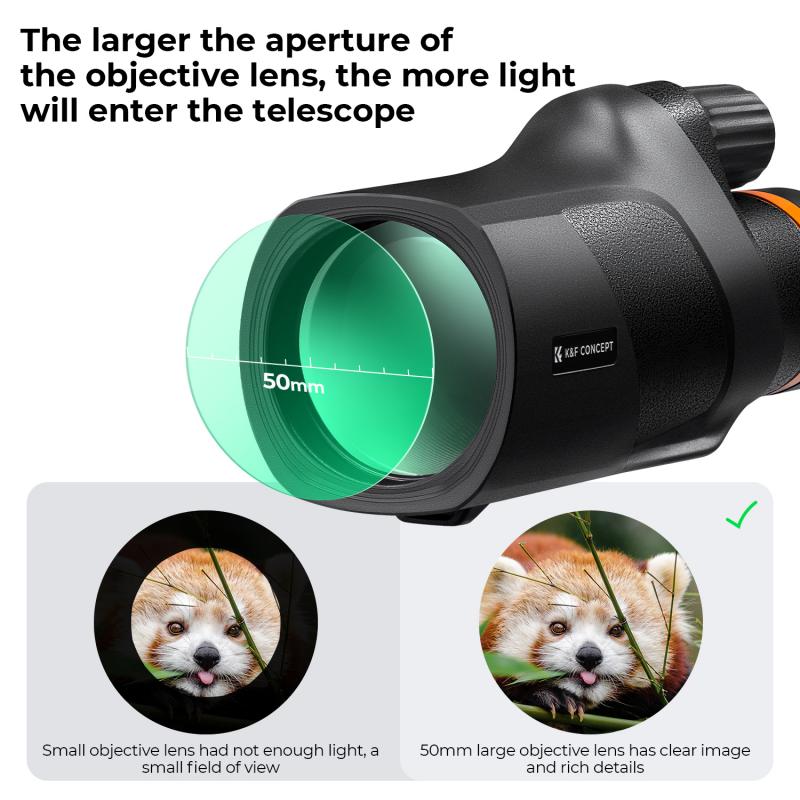
Fine-Tuning For Glasses, Astigmatism, And Vision
Every eye is different. Here is how to adapt fast.
- If you wear glasses: Keep the eyecup down. Get close enough to see the full circle. Do not press hard. A gentle touch is best.
- If you have astigmatism: Use your glasses if you wear them. Most monoculars do not correct astigmatism. The diopter helps fine-tune, but glasses do the heavy lifting.
- If one eye is stronger: Use your stronger eye. Set the diopter once. Mark the setting with a tiny dot of tape if the ring has no numbers.
- If your eye gets tired: Take short breaks. Blink. Look at a distant object to relax the eye. Then return to the monocular.
Small test for perfect diopter:
- Focus on a page with fine print at a fixed distance.
- Turn the diopter until the text is sharp without strain.
- Do not touch the diopter after that. Use only the main focus ring day to day.

Common Mistakes And How To Fix Them
These are issues I see most. They are easy to fix.
- The image looks dark or narrow
- Problem: Wrong eye relief.
- Fix: Adjust the eyecup. Move your eye in or out until the full circle appears.
- The image is sharp in the middle but soft at the edge
- Problem: Field curvature or over-magnification.
- Fix: Refocus for the subject. Keep the subject in the center. Consider lower magnification for a larger depth of field.
- The view shakes
- Problem: High power and hand shake.
- Fix: Brace your elbows. Lean on a tree. Rest the monocular on a railing. Use two hands. Consider a wrist strap or mini support.
- The focus is never quite right
- Problem: You skipped the diopter setup.
- Fix: Reset. Do the diopter steps again with a high-contrast target.
- Foggy or hazy view
- Problem: Dirty lenses or fog inside.
- Fix: Clean with a blower, then a microfiber cloth. If fog is internal, let it dry in a warm, dry place. Sealed, nitrogen-purged models resist fog better.

Care, Maintenance, And Calibration
Good care keeps your focus smooth and accurate.
- Keep lenses clean
- Use a blower first. Then a soft brush. Wipe with a lens cloth in small circles.
- Avoid shirts or tissue. They scratch coatings.
- Protect controls
- Do not force the focus ring or diopter. Smooth, slow turns protect the mechanism.
- If grit gets in, stop. Clean the exterior before turning again.
- Store right
- Use a dry case. Add a small desiccant pack.
- Avoid hot cars and damp bags.
- Recalibrate sometimes
- If the image drifts, redo the diopter setup.
- Temperature changes can shift feel. Check focus after big swings in heat or cold.
What experts agree on:
- Proper eye relief prevents vignetting.
- Clean optics and steady grip improve perceived resolution.
- Lower magnification often gives a sharper, more stable view for handheld use.
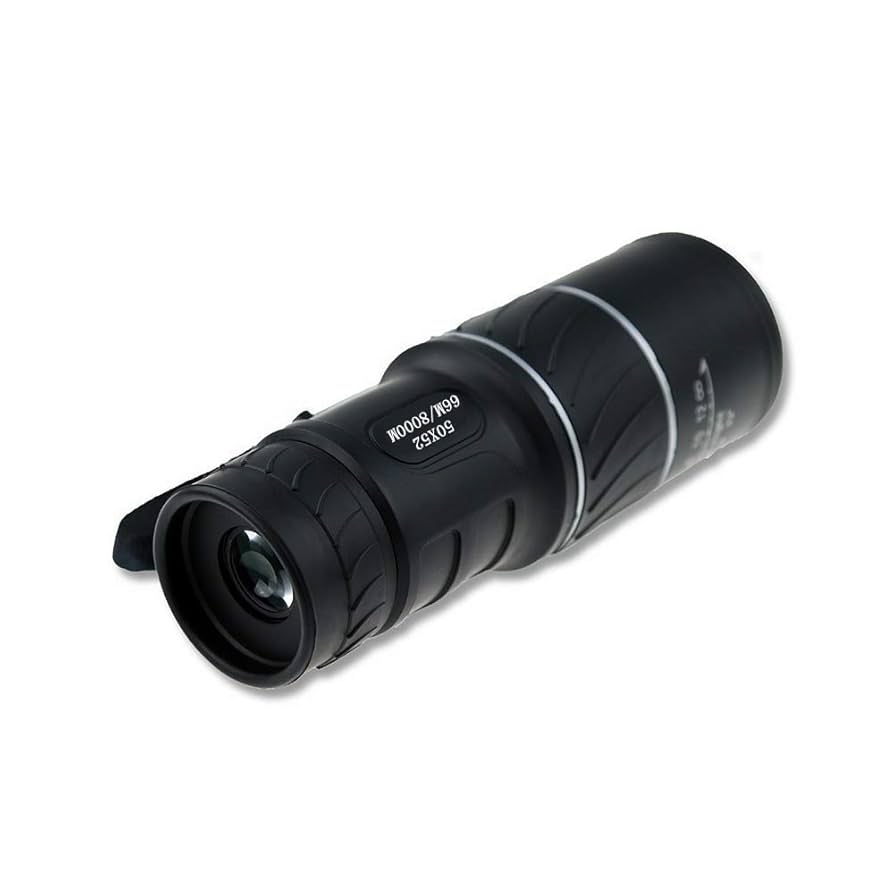
Use Cases And Practical Scenarios
Here are real moments where focus steps matter.
- Birding at dawn
- Light is low. Set the eyecup right. Use a bright target to set focus. Track the bird with small turns.
- Hiking and scouting
- Scan with both eyes open. Close one eye only when you need detail. This reduces fatigue and helps balance.
- Stadiums and events
- Focus on a sign first. Then sweep to your subject. You will lock focus faster.
- Travel and sightseeing
- For quick snaps of detail on buildings, preset your diopter at home. You will nail focus in seconds on the spot.
- Emergency use
- For search tasks, set focus to medium distance. Then adjust as needed. Keep movements small and steady.
From my field notes: a simple trick is to breathe out as you make the final focus turn. It steadies the hand and smooths the last fraction of a turn.

Frequently Asked Questions of How do you focus a monocular properly?
What magnification is best for a handheld monocular?
For most people, 6x to 8x is ideal. It is brighter, steadier, and easier to focus. Higher power can shake more and needs more precise focus.
Do I need to set the diopter every time?
No. Set it once for your eye. After that, use only the main focus ring unless your vision or conditions change.
How close should my eye be to the eyepiece?
Close enough to see a full, clean circle. If you see black edges, adjust the eyecup or your eye distance.
Why is the image still blurry after focusing?
You may be focusing on the wrong plane, your eye relief may be off, or the lenses may be dirty. Reset your stance, adjust the eyecup, clean the lens, then refocus.
Can I use a monocular with one hand?
Yes, but two hands are steadier. Use one hand to hold and the other to turn the focus ring for the sharpest results.
How do I focus on moving subjects?
Pre-focus at the expected distance. Then make small, smooth turns as the subject moves. Keep the subject near the center of the view.
Will a phone adapter affect focus?
It can. Set the monocular focus first. Then adjust your phone’s camera focus. Make sure the adapter is aligned and tight.
Conclusion
You now have a clear, simple process to focus a monocular properly. Set your stance, adjust the eyecup, pick a target, dial in the diopter, and fine-tune the main ring. With a clean lens and steady hands, your view will snap into place. Try these steps on your next walk or trip. Practice a few times and it will feel natural.
Ready to see more with less effort? Put these tips to work today. Share your results, ask a question, or subscribe for more field-tested guides.
